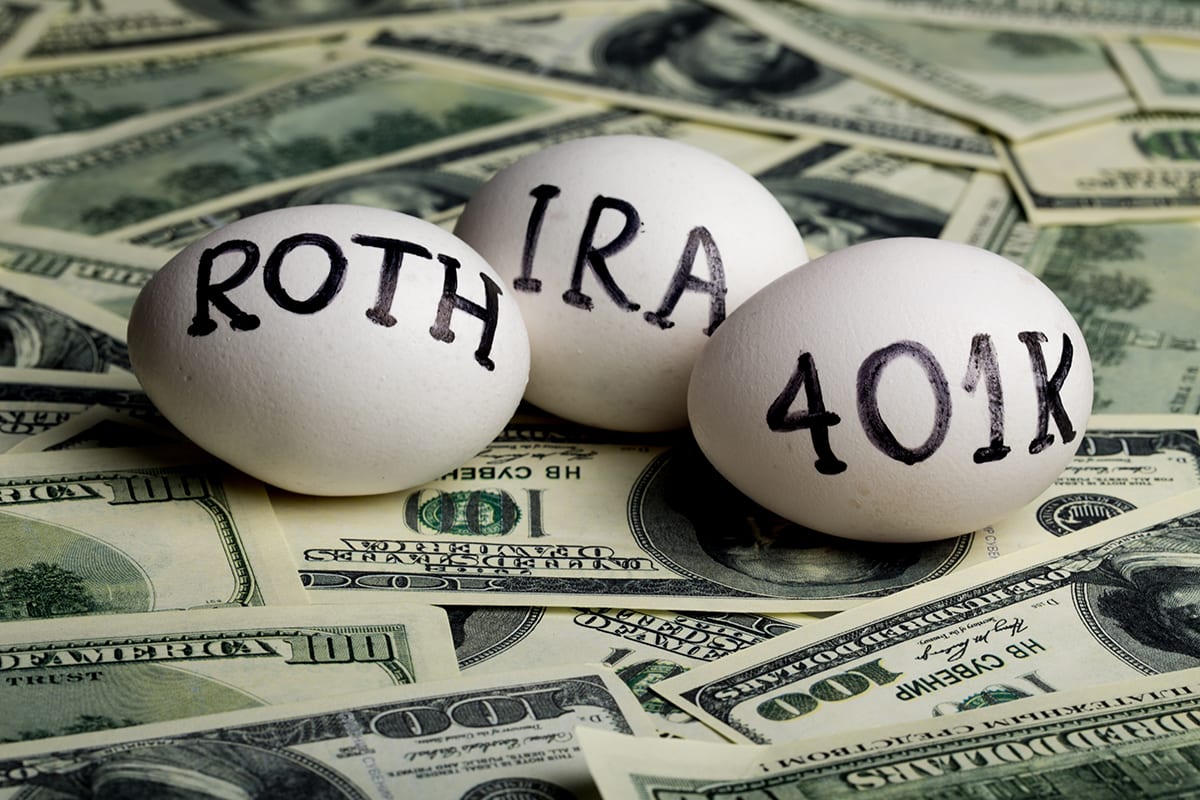Last Updated on March 28, 2025
To retire with $1 million might seem a lofty goal, but shockingly, one out of every six American actually does it.
It’s true. According to The State of Retirees report from United Income, 16 percent of retirees have at least $1 million saved up by the time they leave the workforce. That number has more than doubled in the last three decades.
These aren’t all retirees who had cushy, high-paying jobs either. Many of them are average- or below-average wage earners who simply made a plan and stuck to it. They started saving early, investing their dollars where they could, and they maximized their interest earnings and employer contributions whenever possible.
Do you want to join their ranks and retire comfortably as a millionaire? Here’s how you can make it happen:
Start saving early
If you really want to retire with a nice financial cushion, start saving as soon as you start earning. This will allow compound interest to work its magic for the longest possible amount of time, and it will also minimize the amount of savings contributions needed to hit that $1 million mark.

Think of it this way: let’s say at age 25, you start stowing away $200 per month in a savings account that earns 2% interest. By 35, you’ll have earned more than $26,000. By retirement age, you’ll have nearly $150,000, including almost $50K from interest alone.
The later you start, the less work your compounded interest can do for you, and the more you’ll have to save on your own. But don’t fret – even if you’re starting this quest out later in life, we’ve got tips for you late-bloomers at the bottom of this post!
Set up the right retirement accounts
There are several types of retirement accounts you can choose from, each with their own unique pros and cons. There are 401(k)s, IRAs, Roth IRAs and other subcategories within each of these.
If your employer offers a 401(k), this is probably your best place to start. Many employers will match 401(k) contributions up to a certain point, which can help you get the most out of your account.

If you opt for an IRA, make sure you have a clear picture of your future. With Roth IRAs, you pay taxes on your funds before depositing them into your account. Traditional IRAs, on the other hand, require you to pay the tax upon withdrawal — in retirement. If you expect to be on a lower income once you leave the workforce, you might want to opt for the pre-paid Roth IRA instead.
Contribute regularly
Experts recommend putting between 10 and 15% of your income toward retirement per year if possible. On a $50,000 salary, 10% would be $5,000. It sounds daunting if you look at the big picture, but breaking the contributions down by week or month can help make it more manageable. In this example, you’d want to save $416 per month or $104 a week.
To ensure you’re contributing regularly and often, you might want to consider automating your savings. You can also schedule the deposits to happen right after payday to help minimize any detrimental impact on cash flow.
Maximize employer matching
Many times, employers will offer to “match” your contributions to your company’s 401(k) plan — at least up to a certain amount. Sometimes, they’ll match up to a percentage of your annual salary, and at other organizations, they’ll match 50 cents for every dollar of your personal contributions. Either way, it can mean a serious boost to your retirement savings and the interest they’re able to earn you.

Whenever possible, contribute the maximum matched amount to your plan. If your employer will put in up to 5% of your income annually, then commit to contributing a full 5% across the year. It might mean a smaller paycheck in the short-term, but it can equal a huge payoff when it comes time to retire.
Pro tip: you don’t have to stop at the matched amount. If you can afford to contribute more than that, then do so. The higher the balance you contribute, the more interest your account will earn over time.
Increase your savings as you’re able
Try to increase the amount you’re contributing each year as you get older. Did you get a raise? Pay off the mortgage loan? Settle up an old debt? Put those savings toward retirement. After all, you already know you can live on less. Funnel those extra funds into retirement and let them earn you even more.
Have a separate emergency fund
In addition to your retirement accounts, you should also have a separate savings account — one designated just for emergencies and rainy days. This keeps you from tapping those much-needed retirement funds if your car breaks down, you have a medical emergency or some other sudden expense crops up. Just to be safe, you should have at least 6 months of living expenses in your emergency fund in the event you lose your job or have a change of income.

Budget, budget, budget
Good old budgeting can also help you better reach your retirement goals. Consider setting up individual budgets for each type of expense your household has (food, housing, entertainment, etc.) and challenge yourself to cut back on non-necessities. There are even apps that can help you do this (Mint, Acorns and Digit are just a few)!
Talk to a pro
At the end of the day, you might want to talk to a financial advisor or investor. Many of these experts get commissions, so they have plenty of motivation to both grow your savings and help you earn maximize those returns. You can also consider talking to a local bank or credit union for advice. And while online advice can’t completely substitute for personalized advice from a qualified professional, there are a number of free online resources from financial experts that can really help you educate yourself!
Late to the Game?
It’s obviously best to start your retirement savings early, but for some people, that’s just not possible. Fortunately, a late start doesn’t necessarily mean you can’t retire comfortably. In fact, if you’re smart about your savings plan, you might still stow away that $1 million you’ve got your eye on.
Here’s how:
1. Double-down on your contributions
It’s now or never, so contribute the maximum amount possible to your retirement funds. Figure out how to reduce your living expenses and put the rest directly toward those twilight years.
2. Take on an extra gig
Adding a second job or side gig can mean a second stream of income — one you can put wholly toward your retirement efforts. Best of all? You can do it without changing up your current expenses or spending habits.
3. Wait an extra year or two to retire
A few years can make all the difference — especially when you’ve got compound interest working in your favor. If you’ve got a job you enjoy and can still feasibly do, you might consider postponing your retirement for at least a year or two to further pad your accounts.
The bottom line is simple: it’s never too late (or too early) to start planning your retirement. Get with a financial advisor, choose the right accounts and make a plan for how you’ll contribute. Then stick to it.
Millionaire status is just around the corner.
Here are a few hand-picked articles for you to read next:
- 7 Tips to Have a Successful College Experience
- 5 Ways to Work From Home Part Time (And Make Extra Money)
- Why You Need to Save up for Your Nest Egg as Soon as Possible
Aly J. Yale is a freelance writer and journalist from Houston, covering real estate, mortgage, and finance topics. Her work can be seen in Forbes, The Balance, The Mortgage Reports, MReport, DS News, and The Simple Dollar. She previously served in editorial and production capacities for news organizations such as The Dallas Morning News, NBC, Radio Disney, and PBS.
- Aly Yalehttps://successiblelife.com/author/aly-yale-journalist-freelance-writer/
- Aly Yalehttps://successiblelife.com/author/aly-yale-journalist-freelance-writer/
- Aly Yalehttps://successiblelife.com/author/aly-yale-journalist-freelance-writer/
- Aly Yalehttps://successiblelife.com/author/aly-yale-journalist-freelance-writer/

